ALL ABOUT CHIONODOXA
Chionodoxa, commonly known as glory of the snow, bloom in very early spring. These hardy, carefree bulbs are excellent for naturalizing. Planted beneath trees or shrubs, or even right in the lawn, they will multiply readily and spread a ripple of early spring color through your landscape. The star-like flowers can be sky blue, lavender, pink or white.
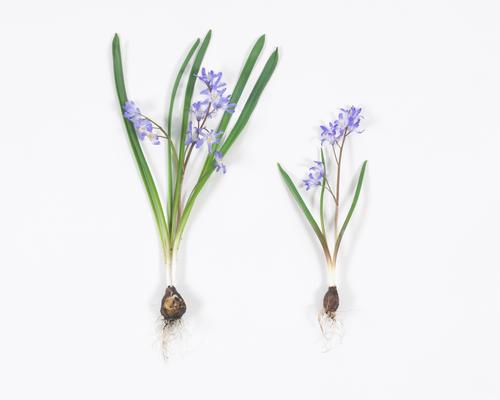
START WITH A BETTER BULB
When you compare two chionodoxa bulbs side by side, it’s easy to see differences in quality. A larger bulb (as shown at far left) contains more stored food energy and will produce a stronger plant with bigger flowers. Longfield Gardens supplies large, 5/6 cm chionodoxa bulbs so you can enjoy the biggest, brightest blooms.
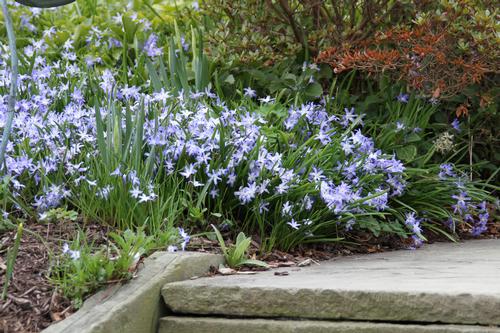
PLAN FOR SUCCESS
Sun or Shade: For best results, plant chionodoxa bulbs in full sun or in an area that will be sunny during early spring.
Hardiness Zone: The bulbs are winter hardy in growing zones 4-9. If you don’t know your growing zone, you can find it here.
Soil Conditions: Plant chionodoxa in well-drained soil that is moist in spring, but never soggy.
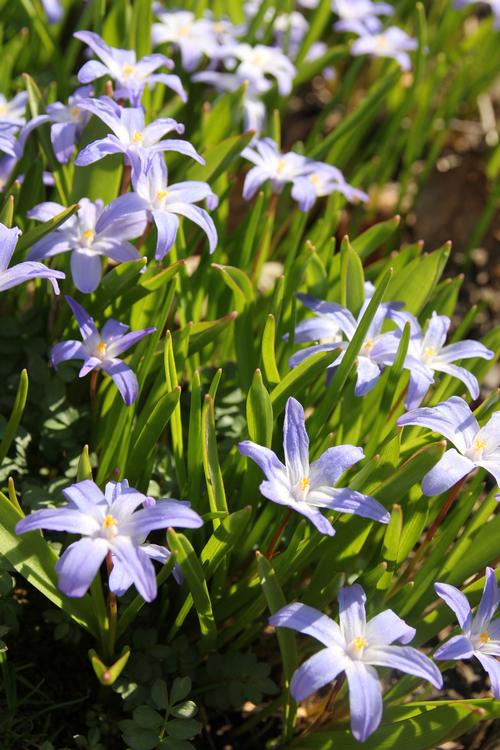
WHERE TO PLANT CHIONODOXA
Around the House: Plant chionodoxa where it will be easy to enjoy their cheery flowers. Plant the bulbs beside a pathway through your garden or along the way to your the front door. If you have a rock garden, chionodoxa will provide a splash of early spring color among sedums and succulents.
Shade and Woodland Gardens: Chionodoxa are perfect for woodland gardens, where their natural beauty mixes easily with other spring-flowering bulbs and perennials. In shade gardens, they are good companions for smaller-scale perennials such as primroses, pulmonaria, corydalis and tiarella.
Beneath Trees and Shrubs: Chionodoxa flower long before most other plants begin to unfurl their leaves. This makes them a good choice for planting beneath shade trees or at the base of shrubs.
Lawns: Chionodoxa bulbs can be planted in a sunny or partly sunny lawn. Their perky flowers bloom before the grass begins to green up, and the foliage usually dies back by the time the lawn needs mowing.
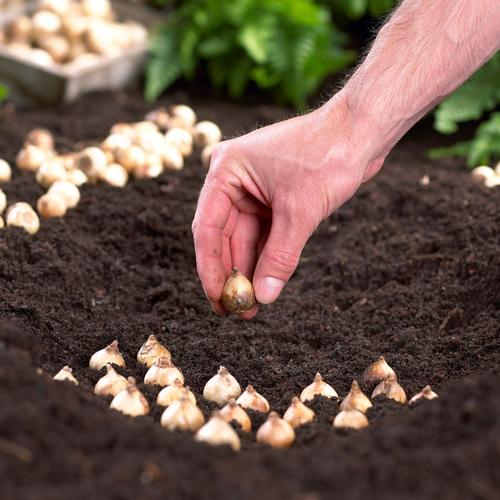
HOW TO PLANT CHIONODOXA
When to Plant: Plant chionodoxa bulbs in mid to late fall, any time after the first frost and before the ground freezes. For best results, plan the bulbs within a month after you receive them.
Depth and Spacing: Plant the bulbs 3” deep and 3” apart with the pointed end up.
Planting Tips: Chionodoxa bulbs are inexpensive and quick to plant, so it's easy to create a big splash of color.
The flowers are good companions for other early spring bulbs including snowdrops, scilla, crocus and early daffodils.
Chionodoxa look best when the bulbs are planted in clusters as they would grow naturally. To plant several bulbs at once, dig out a 6” x 6” area, plant 5 to 7 bulbs and then replace the soil.
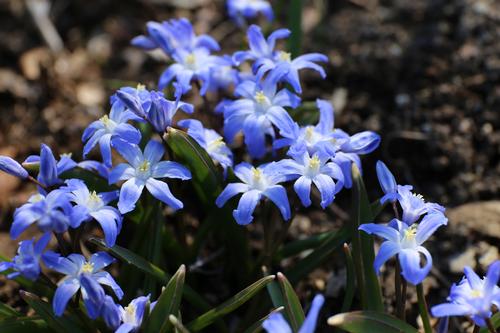
WHAT TO EXPECT
Chionodoxa are great naturalizers because they reproduce in two ways. The bulbs multiply by throwing off little bulblets and the flowers also set seed. In a few short years chionodoxa can spread like a carpet across the lawn or beneath shrubs and trees.
Ants are attracted to the coating on chionodoxa seeds. They like to collect the seeds and carry them back to their nest. Inevitably, some seeds get dropped along the way. This is why you will often see chionodoxa popping up here and there around the yard.
Rodents and deer rarely bother these carefree spring-blooming bulbs.
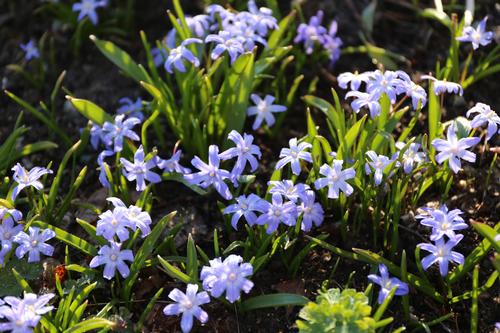
CARING FOR CHIONODOXA AFTER THEY FLOWER
Like other spring bulbs, chionodoxa use their foliage to produce the energy they need for the next year's flowers. Chionodoxa foliage is grass-like and grows no more than about 4” tall. It fades away quickly – usually within 3 weeks after flowering.
Over time, a large patch of chionodoxa can become overcrowded. To reinvigorate the area, gently dig up and relocate some of the clumps shortly after they finish flowering.
To learn about other early spring bulbs, you may be interested in reading:
Earliest Bulbs for Spring Gardens
Hurry Spring with Early-Blooming Bulbs
How to Plan a Spring Bulb Garden
How to Naturalize Spring-Blooming Bulbs
Planting Fall Bulbs in a Lawn (video)


